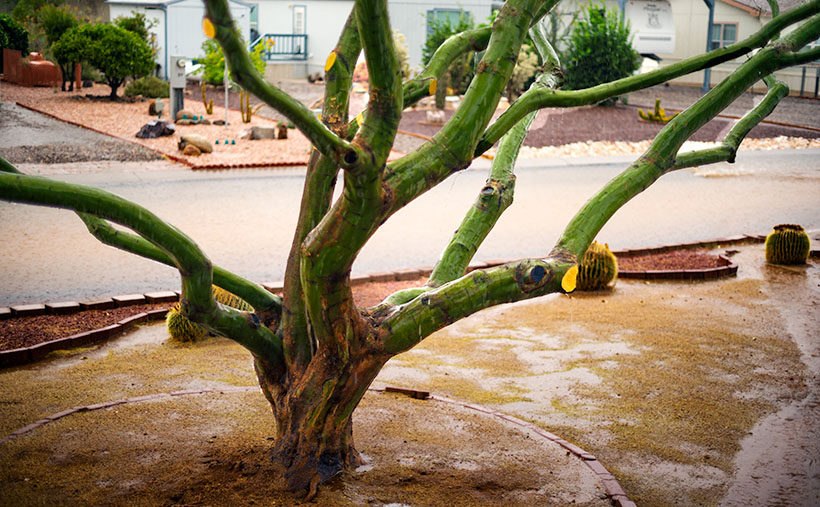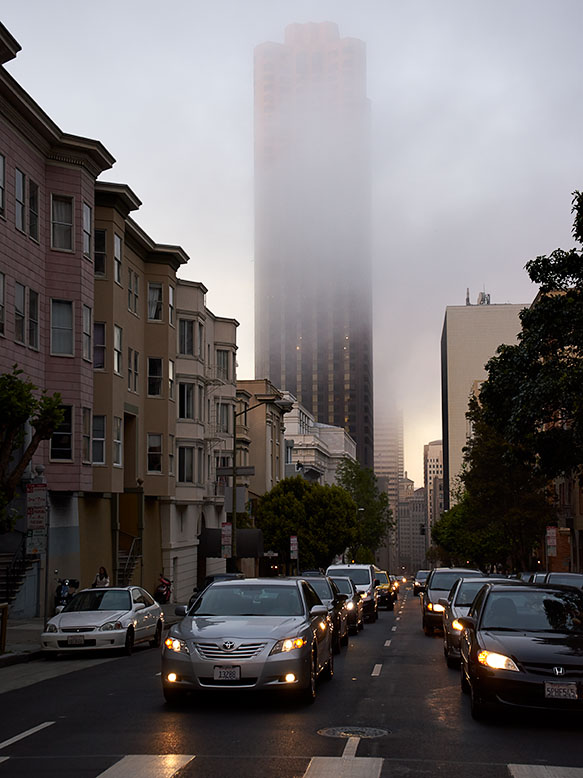When we returned from our Utah vacation, we unpacked and found a guest living in our house—a stealthy guest. We never saw him and only concluded that he was there because of his rude eating habits. Whenever he decided to have a snack, he chewed holes in food bags. He chewed through a bag of raisins, our pancake mix, and the last straw was a lemon Larabar that Queen Anne had brought home from the store the day before. We guessed that we had a rodent in our house and he had to go.
Monday morning we took action. Our first step was to tear apart the pantry to find and seal off all the exits. Anne emptied the shelves and I moved the freezer away from the wall. We got a flashlight and examined the back of the cabinets but never found the black half-circle hole cartoons lead you to expect. Instead, we found droppings—especially behind and in the freezer’s mechanics.
I made a bucket of detergent and bleach in hot water and began cleaning. The area behind the freezer came first and when that was done, I shoved the heavy white box back in its cubby, so I could start on the rest of the pantry floor. Before I started, I had to move all the crap that was in my way. That included the recycle bin, the can bin, the paper bin, a step stool, and two gallon-sized paint cans in plastic bags. Her Majesty had just finished painting the kitchen and hall and stored the leftover paint in the pantry for when she needed it for touch-ups. I grabbed the two bags of paint cans and moved them into the kitchen.
“Be careful carrying those cans like that,” she admonished.
As if it was the period to her sentence, one of the bags broke and the half-full can of paint slammed to the floor. It didn’t fall over, but—in a way that only a thick liquid can do when it rapidly accelerates then immediately stops—the can’s contents popped the lid and with a big gaaalooop the sand colored paint recoiled out of the can reaching the top of the white upper cabinet door. I saw the wave go past my nose and immediately remembered that I was wearing a brand new tee-shirt. I looked down, but it wasn’t covered with paint splatter, but the white cabinet, the black granite counter top, the stainless steel range, and the oak flooring were. I’m still amazed that so much of it got everywhere, but not one drop of paint landed on the wall of that color.
You know those moments when you know you’re going to die or be seriously injured? I didn’t have anything to say for myself because I already knew that I had just cocked a loaded gun and it was pointed at my head, so I did what any sensible man would do. I turned to her and with the most sincere voice that I could muster, just asked, “Why?”
It took another hour to clean up. It was lucky that I had a bucket of wash-water at hand. By keeping everything wet, we were able to keep the paint from setting. After getting it all up, I made a rinse bucket of vinegar and warm water and that cleared the remaining haze. The moral of this lesson is that you should listen to your wife … before she tells you what to do.
What about Mickey? Well … let’s just say that he’s moved on to that great magic kingdom in the sky. It serves him right—the little bastard started this.
Until next time—jw



